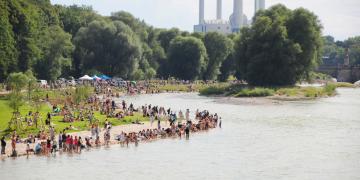
Multidisciplinary approach to sea lion population status management

Context
Challenges addressed
Beneficiaries
Location
Process
Summary of the process
In addition to provide a valuation of how environmental factors force abundance and recruitment of sea lions, Building Block 1 can also be regarded as a robust screening method to come up with a set of relevant parameters analyzed afterwards in a multivariate scheme, Building Block 2. Together, both Blocks will serve to evaluate the different status of rookeries and identify the areas with priority of management intervention.
Building Blocks
Population trend and environmental influence model
Enabling factors
Lesson learned
Multifactor diagnostic chart
Enabling factors
Lesson learned
Impacts
Story
When I started to study Gulf of California sea lion population, I was fascinated by the complexity of their spatial population dynamics. Suddenly I noticed that each colony, despite the closeness, had different biological characteristics. Actually the population is a union of four subpopulations that live in different environmental conditions and have diverse alimentary and behavioral habits. So I thought that natural environmental and anthropogenic variables should have different impact in the diverse colonies. These differences can explain the different response in populations’ trend and vulnerability of colonies, so I’ve started to investigate this relationship. Despite the quite abundant information available about population, the information is so fragmented and disperses that I needed to collect historical and actual data. So, by means of the project it will be possible to utilize and value decades of research coming from different disciplines to evaluate, in a multidisciplinary approach, the status and trend of California sea lion populations. Finally, the data collection might be shared among other researches in order to: - simplify data research - inspire new areas of investigation - foster networking








